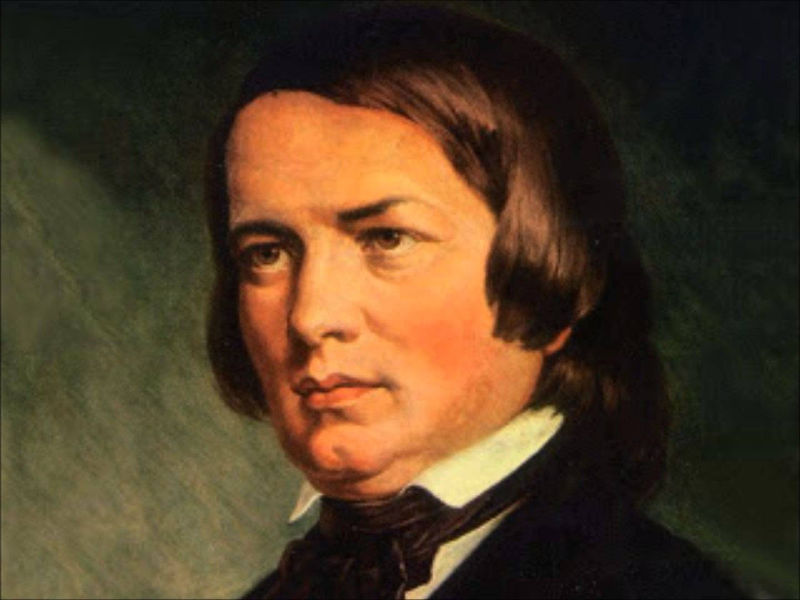|
||
|
Schumann's symphony in C major was sketched out during a short spell of intense creative activity in December 1845, which followed a period in which he had been deeply troubled by depression and had suffered several serious nervous attacks. It was completed in the autumn of 1846, and the premiere took place on the 5 November at the Gewandhaus in Leipzig conducted by Felix Mendelssohn. Schumann confessed to his publisher that he feared his mental state might be apparent in the work. However he reputedly stated: “I began to feel more myself when I wrote the last movement, and was assuredly better when I finished the whole work. Still, it reminds me of dark days.” In fact there is very little sign of those dark days in the work. On the contrary it is one of great optimism with a triumphant ending. The symphony shows strong influences from both Bach and Beethoven. During times of deep depression, Schumann had found relief in a study of Bach's counterpoint, and in the second movement there is a motif based on notes forming the name Bach. Direct references to Bach's work can be seen in the opening chorale and in the extensive contrapuntal writing. The fourth movement contains a reference to a song of Beethoven, and the process of motivic development pioneered by Beethoven underpins the whole symphony. Some influence of Franz Schubert can also be detected. Schumann greatly admired Schubert's ninth symphony and had been instrumental in organising its first performance which took place in 1839, eleven years after the composer's death. Schumann's symphony is a large scale work, opening with a long slow introduction which contains much of the thematic material in embryo. It begins in a mysterious subdued manner, but later becomes more troubled and dramatic before blending seamlessly into the allegro. The allegro is built out of a double-dotted rhythm that drives the music forward with almost tireless energy. It creates a bold optimistic mood and is filled with ingenious developmental ideas. There is no relaxation in the second movement which is a scherzo, played three times, interleaved by two trios. The scherzo is is very fast, almost skittish, with diminished seventh arpeggios creating harmonic ambiguity. The first trio is a bouncing dance with triplet movement. The second is much gentler in character. The third movement by conrast is slow and intensely beautiful, having the character of an elegy. It starts sorrowfully in the key of C minor, but soon gathers strength and opens out moving into the relative major key. The strings rise to their highest register and the wind instruments sing sweetly and playfully play undulating scales. The transition is like the sun driving away the morning mist allowing us to see a glorious landscape instead of its pale outline. The movement then moves forward through a contrapuntal section, at last returning to the glorious landscape but this time with the added security of the home key, C major. The finale opens with an intense, fast, triumphal march which sets the mood for the whole movement. For the first half the march dominates, though it is contrasted by quieter passages. Then comes one of Schumann's most surprising gestures. A new theme, the one derived from Beethoven, is introduced first by the oboe, and is passed around the orchestra gaining in strength and grandeur until it reaches the coda where other motivic ideas return to finish the symphony in a blaze of glory. The symphony had a lukewarm initial reception, but gained more popularity in the last half of the nineteenth century. It fell from favour in the early twentieth century, but has more recently been revivevd and is now a regular and popular item in concert programmes.
Schumann's second symphony was performed by the Portobello Orchestra on the 1st December 2018, conducted by Sam Jones. back |

